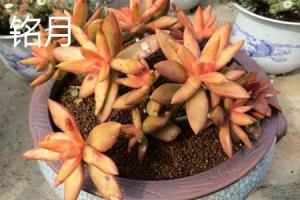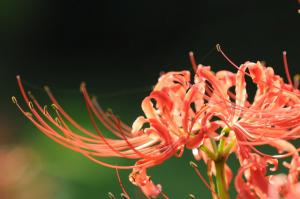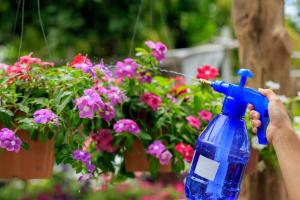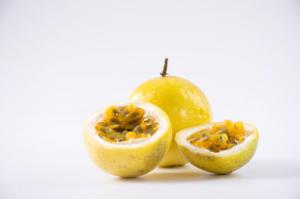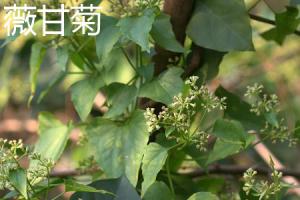Introduction
Los Angeles is the second-largest city in the United States and is known for its smog and urban heat island effect. These issues have a significant impact on the city's air quality, making tree-planting a crucial strategy for improving the environment in Los Angeles. However, deciding where to plant trees in the city is a challenge that requires careful consideration. This article will explore the different factors that should be taken into account when determining the best places to plant trees in Los Angeles.
Climate
Los Angeles has a Mediterranean climate, which means it has hot, dry summers and mild, rainy winters. This type of climate is well-suited for many tree species, but it is important to choose trees that can tolerate drought conditions. Additionally, the location of the trees should take into account their sun exposure. Trees that provide shade on southern or western-facing walls can help reduce energy consumption during the hot summer months.
Soil Conditions
The soil in Los Angeles can be very different depending on where the trees are planted. Some areas have sandy soil, while others have clay or loam. Trees can have a difficult time growing in compacted soil, so it is important to choose species that can tolerate different soil types. Additionally, planting trees with deep roots can help prevent trees from damaging sidewalks and other pavement.
Urban Heat Island
The urban heat island effect is a phenomenon where cities are warmer than surrounding rural areas because of the absorption and retention of heat by buildings, pavement, and other urban infrastructure. Trees can help mitigate this effect by providing shade, which can help lower temperatures. Trees also release moisture through the process of transpiration, which can help cool the surrounding air. Planting trees in areas that are particularly affected by the urban heat island effect is important to improve the overall environmental conditions in Los Angeles.
Air Quality
Air pollution is a major issue in Los Angeles and is caused by a variety of factors, including transportation and industrial sources. Trees can help reduce air pollution by absorbing pollutants through their leaves and bark. Additionally, trees can help trap particulate matter, which is a type of air pollutant. Planting trees in areas with high levels of air pollution is important to help improve the air quality and reduce the negative health impacts associated with polluted air.
Community Benefits
Planting trees in neighborhoods can have a variety of community benefits beyond improving the environment. Trees can provide shade and create a more pleasant environment for people to spend time outside. They can also increase property values and provide habitat for birds and other wildlife. Planting trees in areas with low tree canopy coverage can help address environmental justice issues and improve the quality of life for residents in those areas.
Conclusion
Planting trees in Los Angeles is an important strategy for improving the environment and creating a more livable city. Deciding where to plant trees in the city requires careful consideration of the climate, soil conditions, urban heat island effect, air quality, and community benefits. By taking these factors into account, city officials and residents can work together to make Los Angeles a greener, healthier, and more sustainable place to live.

 how many times do yo...
how many times do yo... how many planted tre...
how many planted tre... how many pine trees ...
how many pine trees ... how many pecan trees...
how many pecan trees... how many plants comp...
how many plants comp... how many plants can ...
how many plants can ... how many plants and ...
how many plants and ... how many pepper plan...
how many pepper plan...